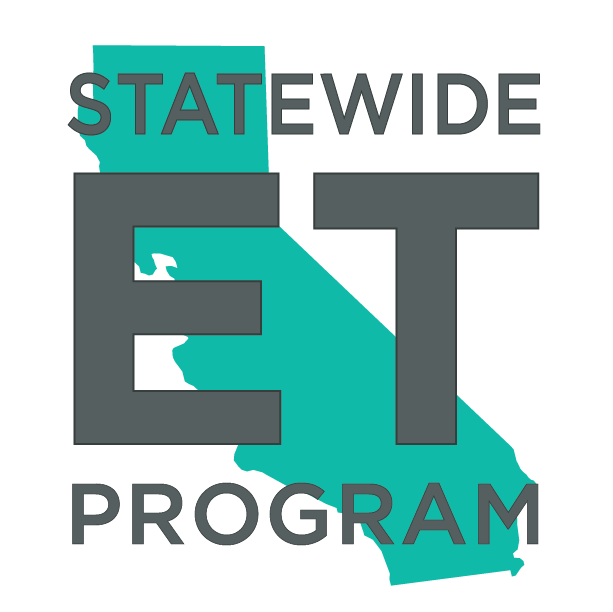ET23SWE0030 - Scanning & Screening – Q3 2023
The Program Team has established a robust Scanning and Screening process guided by the published TPMs, to develop a high-quality project pipeline for electric emerging technology projects. The approach includes broad outreach to a wide range of stakeholders to provide structured guidance and encourage a wide range of high-quality idea submissions aligned with the IOU EE portfolios' needs. This includes communicating Program priorities, application processes, and scoring criteria to support their participation in the program. The Program provides two paths to submit ideas:
1. The Idea submission path is for solutions that are not ready to be implemented projects. Once submitted, the Program Team can help determine whether this idea is a good candidate for the CalNEXT Program, provide feedback, and/or pair the submitter with a partner for developing the idea into a Project submission that can be implemented.
2. The Project submission path is for solutions that are fully defined projects and are ready to be implemented. Once submitted, the Program Team will review and suggest improvements as appropriate. Projects have a scope of work and business justification with an idea of how the project will be delivered (i.e., the type of research or study that is needed), who will do the work and for how long, and how much it will cost.
The CalNEXT Program Team will review and select project submissions every quarter to maintain a robust set of projects in the portfolio funnel and meet Program goals.
